Stars are made of gas: mainly helium and hydrogen, the most common substances in the Universe. The enormous pressure inside the nucleus of a star generates countless nuclear fusion reactions, which gradually turn hydrogen into helium. This process releases an enormous amount of energy, in the form of radiation and photons, in other words the particles that create light.
Therefore stars can be understood as gigantic power stations, shining with their own light. The life of a star goes through various phases. When a star the size of our sun runs out of hydrogen it starts to expand, swallowing everything that surrounds it.
In this phase the star is called a giant red star.
After having expanded as far as possible, the heart of the star contracts and turns into a white dwarf star: a colder, less bright celestial body. Only the biggest stars escape this cycle. When a large star, one at least 8 times larger than our sun runs out of hydrogen, it collapses, generating a big luminous explosion called a supernova. An extremely dense clot of matter called a neutron star remains at the center of this supernova.
In some cases the neutron star is so dense that it turns into a black hole: an object with such a strong gravitational pull that not even light can escape, making it impossible to see. Mankind has always divided the sky into constellations: groups of stars that seem near to one another. But constellations are only convenient groupings. Our perspective makes the stars look nearer to each other than they really are. If we had an opportunity to look at the sky from another, faraway planet, constellations would look completely different.
Therefore stars can be understood as gigantic power stations, shining with their own light. The life of a star goes through various phases. When a star the size of our sun runs out of hydrogen it starts to expand, swallowing everything that surrounds it.
In this phase the star is called a giant red star.
After having expanded as far as possible, the heart of the star contracts and turns into a white dwarf star: a colder, less bright celestial body. Only the biggest stars escape this cycle. When a large star, one at least 8 times larger than our sun runs out of hydrogen, it collapses, generating a big luminous explosion called a supernova. An extremely dense clot of matter called a neutron star remains at the center of this supernova.
In some cases the neutron star is so dense that it turns into a black hole: an object with such a strong gravitational pull that not even light can escape, making it impossible to see. Mankind has always divided the sky into constellations: groups of stars that seem near to one another. But constellations are only convenient groupings. Our perspective makes the stars look nearer to each other than they really are. If we had an opportunity to look at the sky from another, faraway planet, constellations would look completely different.
RELATED
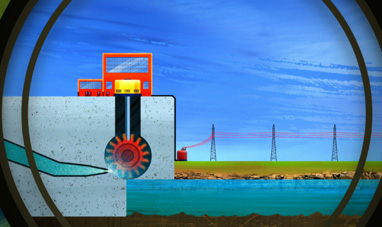

HYDROPOWER


SEAL


GIANT ANT EATER


ELEPHANT
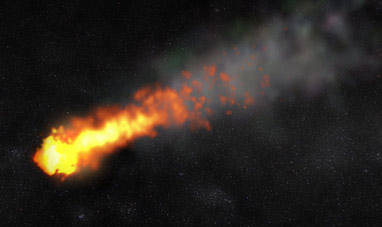

METEORS
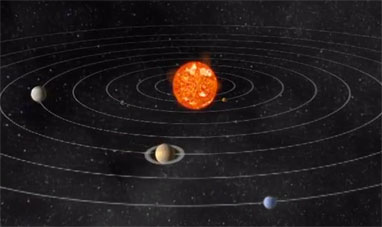

THE SOLAR SYSTEM
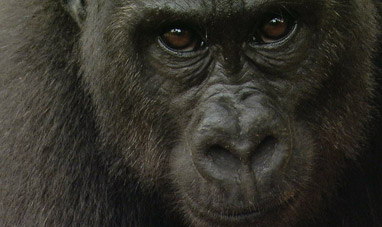

GORILLA


BLACK WIDOW SPIDER


AIDS
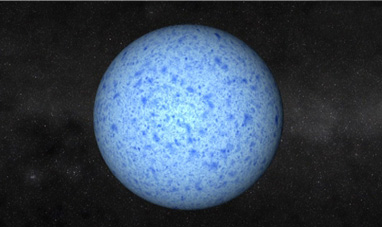

NOVAE


HORSE


GOOGLE


KINETIC, POTENTIAL AND MECHANIC ENERGIES
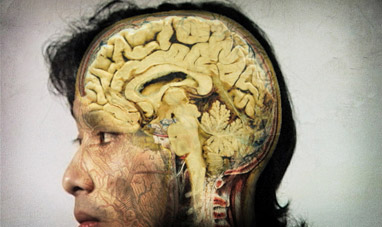

THE BRAIN
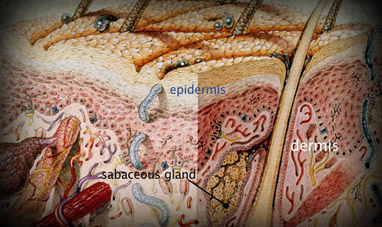

SKIN


PARROTT
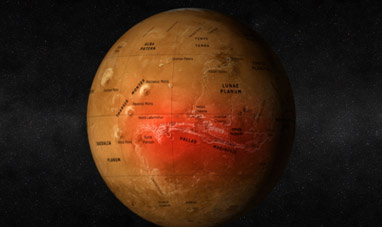

MARS


CHAMELEON


NICOLAUS COPERNICUS


THE HANDS


THE NERVOUS SYSTEM
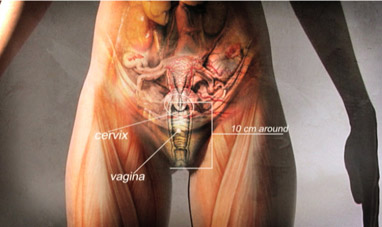

THE FEMALE REPRODUCTIVE SYSTEM
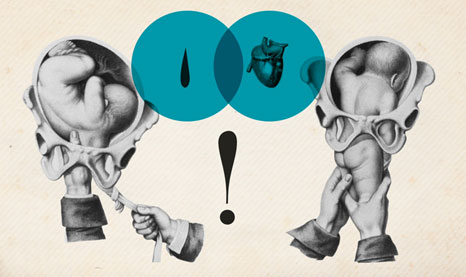

CHILDBIRTH
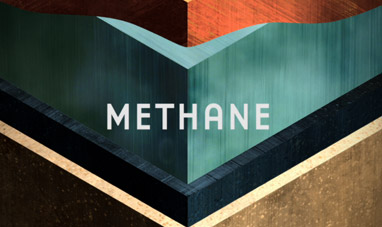

NATURAL GAS (METHANE)


CENTRIFUGAL FORCE


OIL
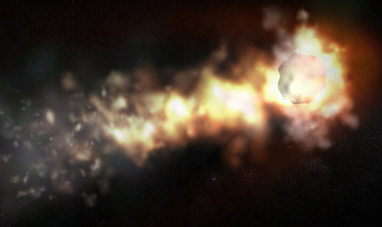

METEORITES


THE HEART


DOG


FROG


FLY


DESERTS
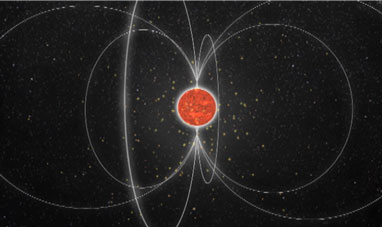

PULSARS


GARLIC


FLEA


GIRAFFE
